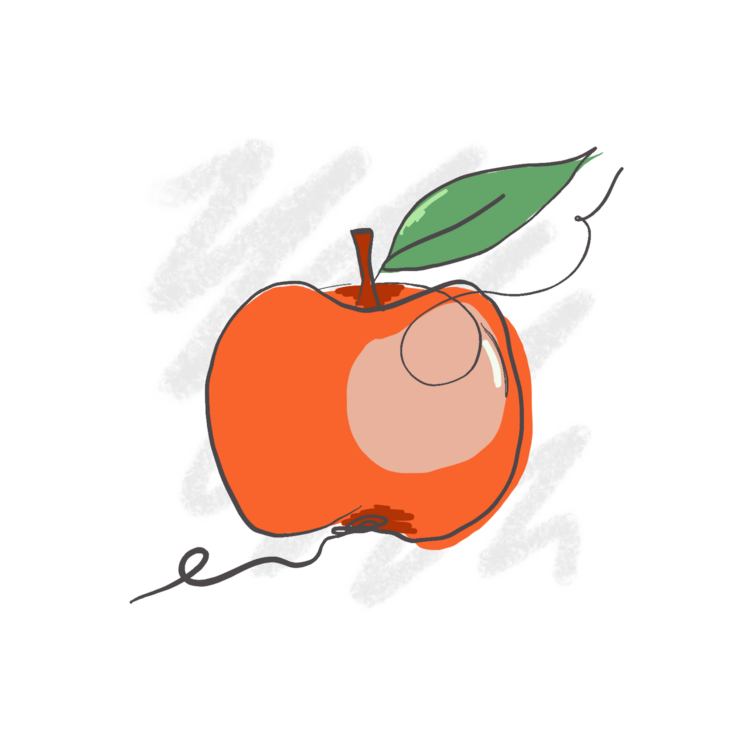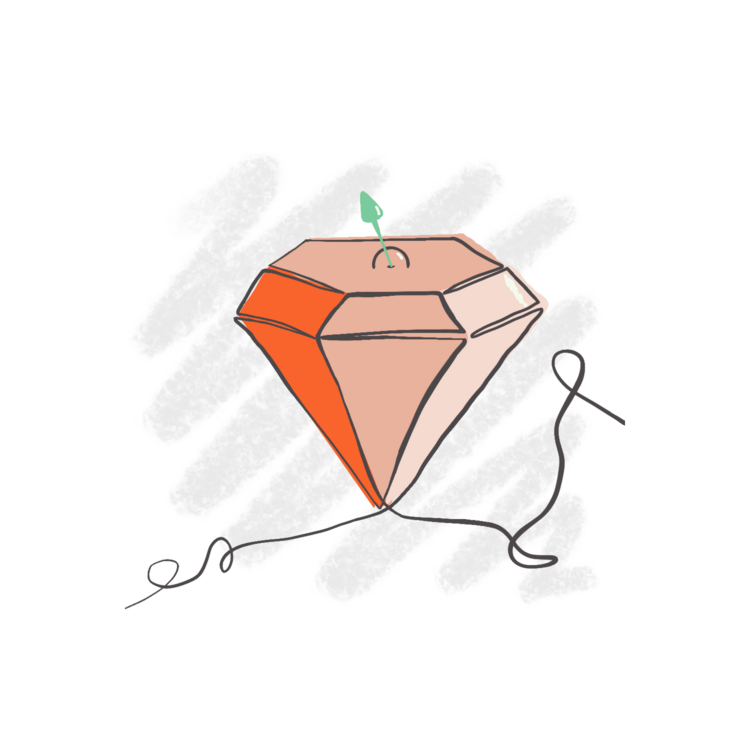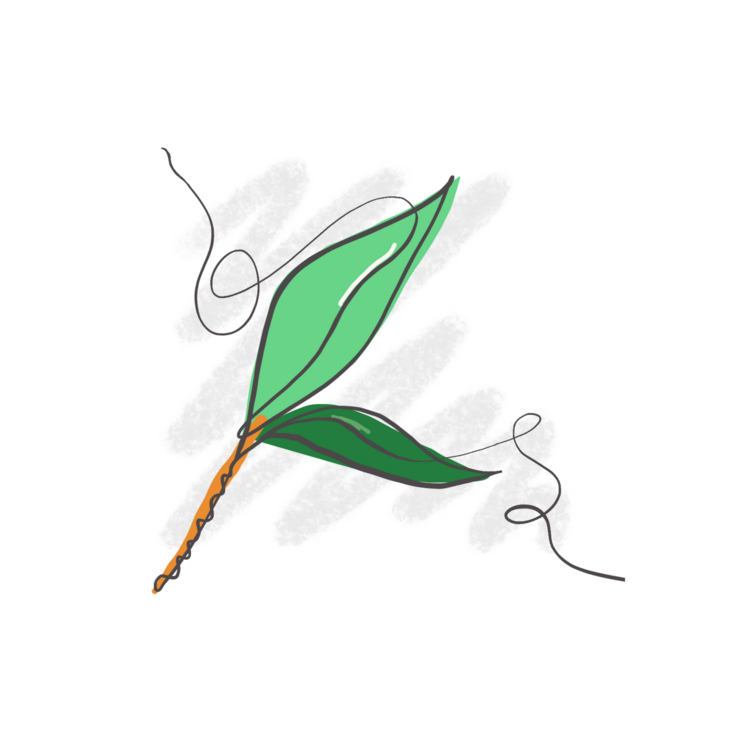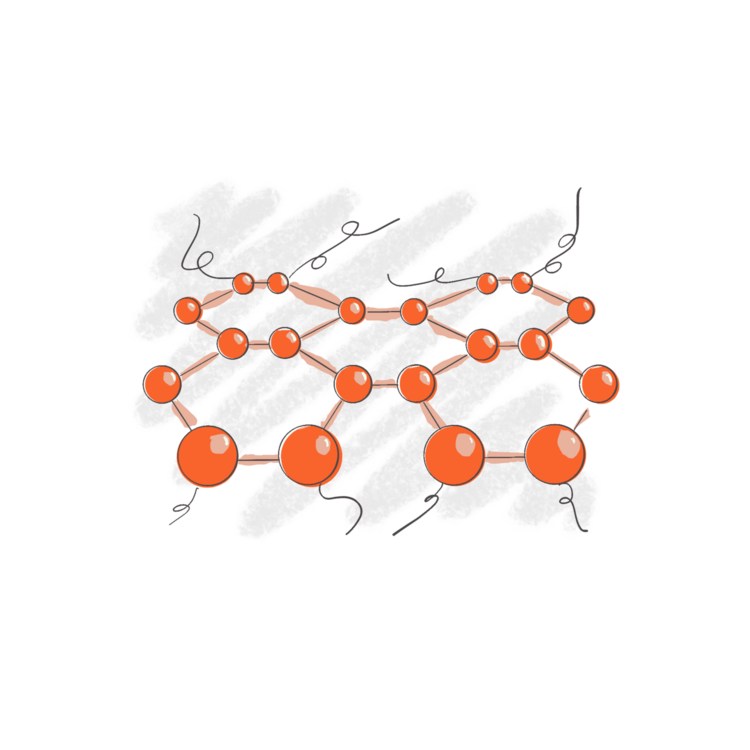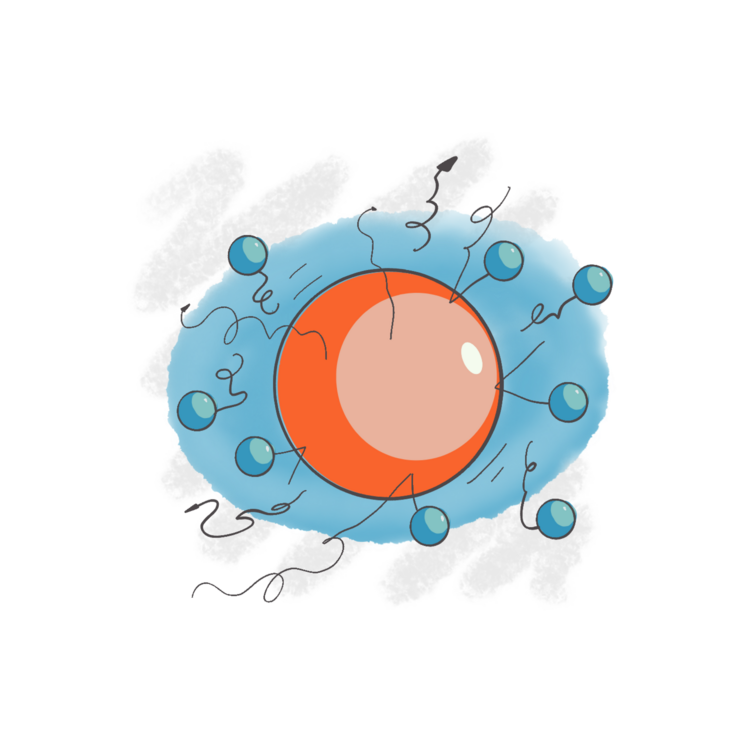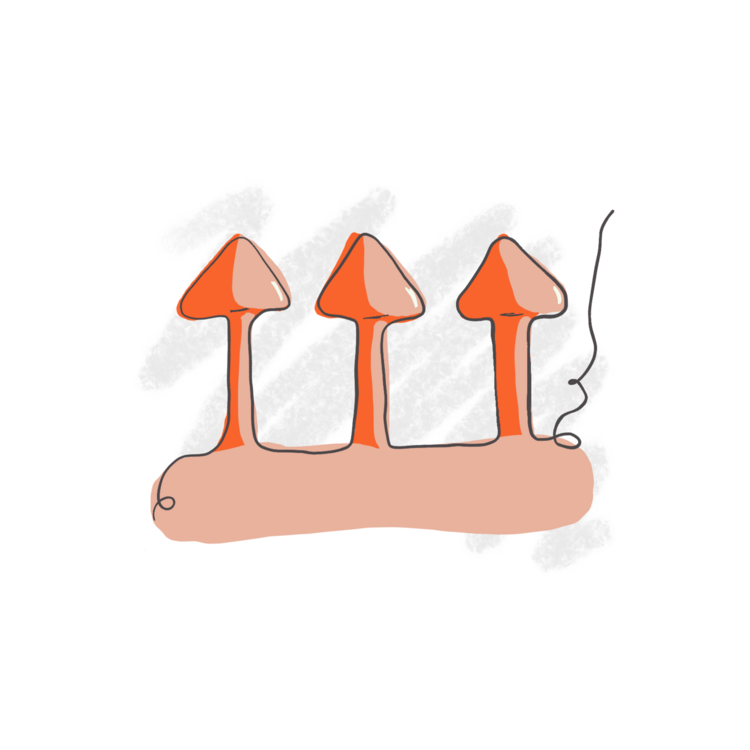Contact



Ulm University
Institute of Theoretical Physics
Albert-Einstein-Allee 11
D - 89081 Ulm
Germany
Tel: +49 731 50 22911
Fax: +49 731 50 22924
Office: Building M26, room 4117
Click here if you are interested in joining the group.
Most Recent Papers
Accelerating two-dimensional electronic spectroscopy simulations with a probe qubit protocol, Phys. Rev. Research 7, 023130 (2025), arXiv:2411.16290
13C hyperpolarization with nitrogen-vacancy centers in micro- and nanodiamonds for sensitive magnetic resonance applications, Sci. Adv. 11, eadq6836 (2025), arXiv:2403.14521
YASTN: Yet another symmetric tensor networks; A Python library for Abelian symmetric tensor network calculations, SciPost Phys. Codebases (2025), arXiv:2405.12196
Unlocking Heisenberg Sensitivity with Sequential Weak Measurement Preparation, Quantum 9, 1590 (2025), arXiv:2403.05954
Time dependent Markovian master equation beyond the adiabatic limit, Quantum 8, 1534 (2024), arXiv:2304.06166

